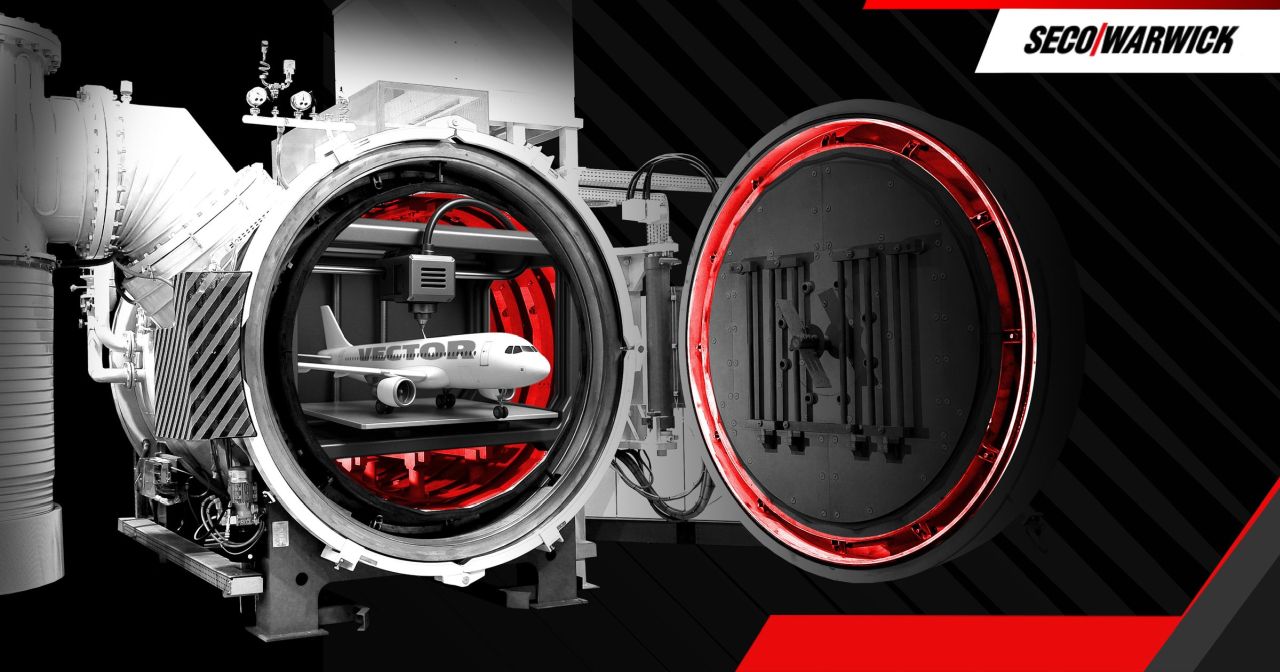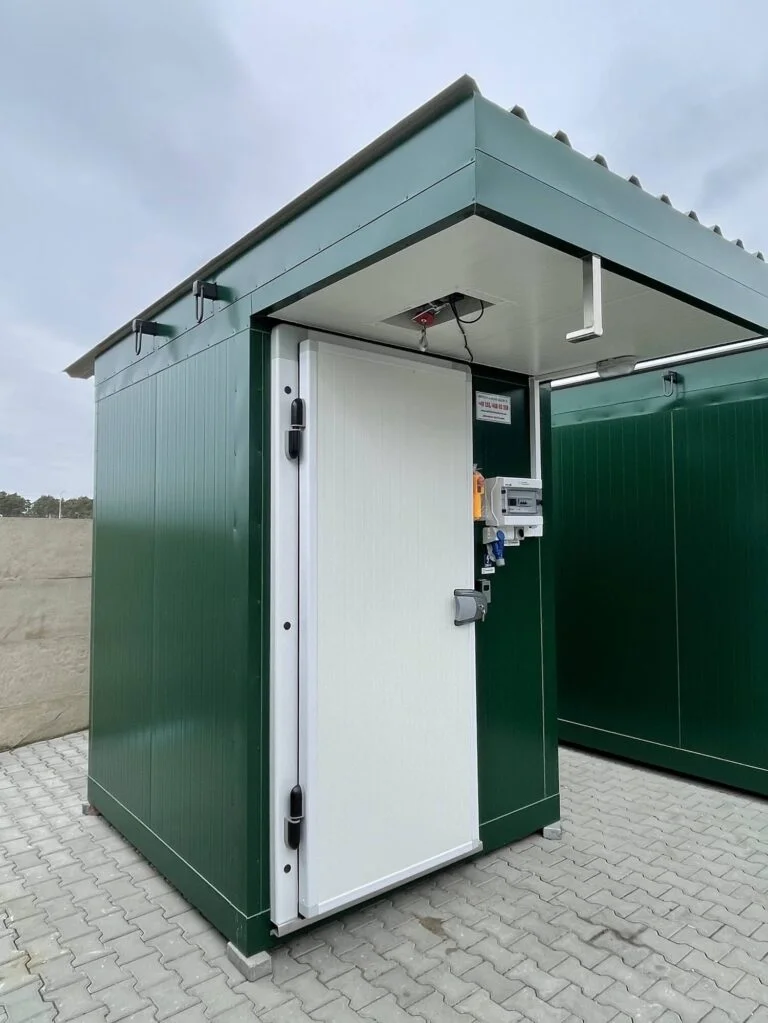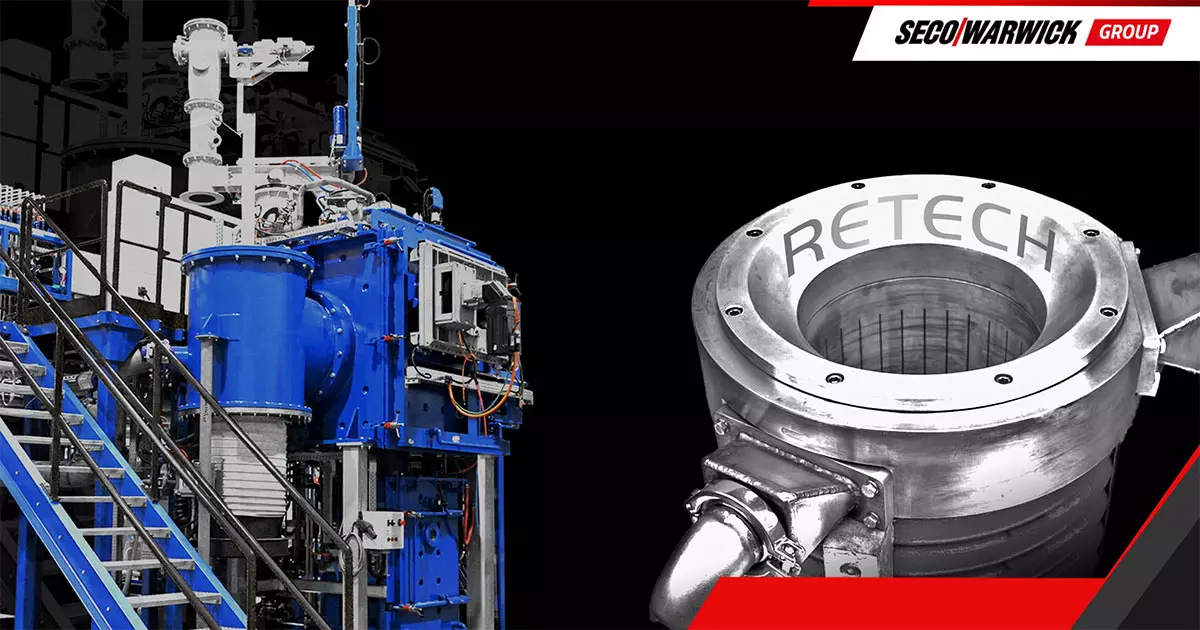Trends in stainless steel distribution

Growing demand for stainless steel
The global market for stainless steel has been experiencing a significant increase in demand, driven by various industries such as construction, automotive, and consumer goods.
This surge is largely attributed to stainless steel’s durability, corrosion resistance, and aesthetic appeal. These qualities make it an ideal material for a wide range of applications, from kitchen appliances to industrial machinery.
In addition to traditional sectors, new industries are emerging as major consumers of stainless steel. The renewable energy sector, particularly solar and wind power, relies heavily on stainless steel for its strength and longevity. Similarly, the healthcare industry uses stainless steel for medical instruments and hospital infrastructure due to its hygienic properties.
This growing demand is not just a trend but a sustained shift, as more industries recognize the long-term benefits of using stainless steel. As a result, the distribution networks for stainless steel are evolving to meet this increased demand efficiently and sustainably.
Technological advancements in distribution
Technology is revolutionizing the distribution of stainless steel, making it more efficient and responsive to market needs. Advanced logistics software and automation are streamlining the supply chain, reducing lead times, and minimizing errors. These technologies enable distributors to better manage inventory, track shipments, and optimize delivery routes.
Furthermore, the integration of Internet of Things (IoT) devices in warehouses and transportation fleets is providing real-time data on inventory levels and the condition of goods. This real-time monitoring ensures that distributors can respond swiftly to any issues, maintain the quality of stainless steel products, and enhance customer satisfaction.
Blockchain technology is also making inroads in the stainless steel distribution sector. By providing a transparent and immutable record of transactions, blockchain enhances traceability and trust in the supply chain. This is particularly important for industries where the provenance and quality of materials are critical.
Sustainability in stainless steel distribution
Sustainability is becoming a central focus in the stainless steel distribution industry. Companies are increasingly adopting eco-friendly practices to reduce their carbon footprint. This includes optimizing transportation routes to reduce emissions, using energy-efficient warehouses, and minimizing waste during the handling and processing of stainless steel products.
Recycling is another key component of sustainability in this sector. Stainless steel is 100% recyclable, and the industry is making concerted efforts to increase the use of recycled materials. This not only conserves natural resources but also reduces the energy consumption and emissions associated with the production of new stainless steel.
Distributors are also working closely with suppliers and customers to promote sustainable practices throughout the supply chain. By fostering a culture of sustainability, the stainless steel distribution industry is contributing to broader environmental goals and meeting the growing demand for greener products and services.
Challenges in the stainless steel supply chain
Despite the positive trends, the stainless steel distribution industry faces several challenges. One of the primary issues is the volatility of raw material prices. Fluctuations in the cost of nickel, chromium, and other essential elements can impact the pricing and availability of stainless steel, creating uncertainty for distributors and their customers.
Additionally, global trade tensions and tariffs can disrupt supply chains, causing delays and increasing costs. The stainless steel industry is particularly sensitive to these geopolitical factors, as it relies on a complex network of international suppliers and manufacturers.
To mitigate these challenges, distributors are diversifying their sources of raw materials and investing in strategic reserves. They are also leveraging technology to improve forecasting and risk management, ensuring a more resilient and adaptable supply chain.
Innovations in stainless steel products
Innovations in stainless steel products are driving new trends in distribution. Advanced manufacturing techniques, such as additive manufacturing (3D printing), are enabling the production of complex stainless steel components with high precision and minimal waste. This opens up new possibilities for custom and on-demand manufacturing, reducing lead times and inventory costs.
Coating technologies are also evolving, enhancing the performance and lifespan of stainless steel products. For instance, anti-microbial coatings are becoming increasingly popular in healthcare and food processing industries, providing an extra layer of protection against contamination.
These innovations not only improve the functionality and appeal of stainless steel products but also influence distribution strategies. Distributors must stay abreast of these technological advancements to meet the changing needs of their customers and maintain a competitive edge – rollsteel.eu.
Future outlook for stainless steel distribution
The future of stainless steel distribution looks promising, with continued growth and innovation on the horizon. As industries expand and new applications for stainless steel emerge, the demand for efficient and reliable distribution networks will only increase. Distributors will need to adapt to these changes by embracing new technologies and sustainable practices.
One significant area of growth is the rise of e-commerce in the stainless steel sector. Online platforms are making it easier for customers to source and purchase stainless steel products, providing greater convenience and transparency. This shift towards digitalization is likely to reshape the distribution landscape, offering new opportunities for distributors to reach a broader market.
Overall, the trends in stainless steel distribution reflect a dynamic and evolving industry. By staying agile and innovative, distributors can navigate the challenges and capitalize on the opportunities presented by this vibrant market.









